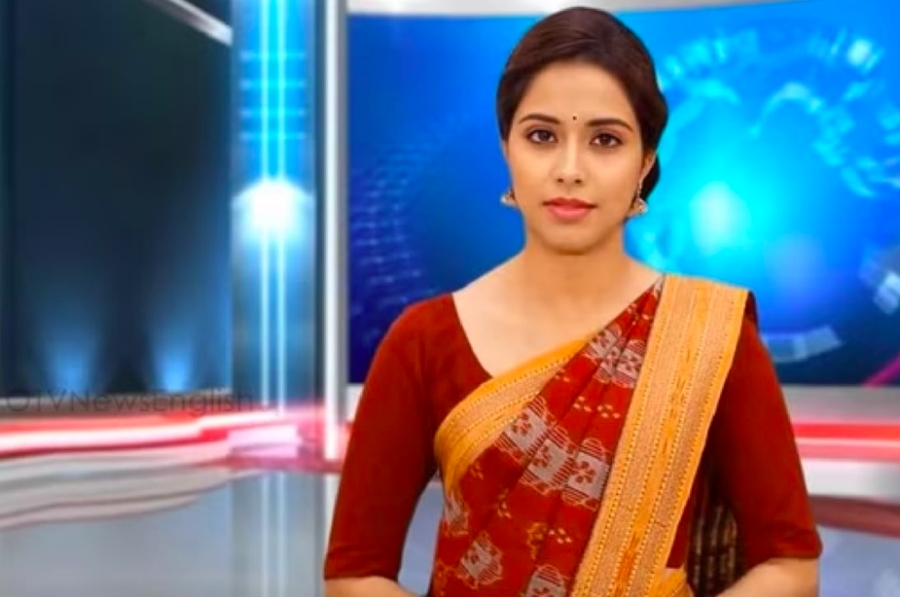Artificial intelligence (AI) becoming TV anchors has some worried about job security, lack of nuance in reporting, and a complete lack of the human element.

Virtual TV presenter Lisa speaks two languages. Photo: OTV News
In April, an artificial intelligence chatbot was introduced to present television news for the first time in India. For the past three months, the chatbot “virtual anchor” named Sana, who has fair skin and long black hair, has been reading out the headlines on the Hindi news channel Aaj Tak, owned by India Today, one of the country’s largest media companies.
After Sana, Odisha TV in eastern India also launched a similar chatbot called Lisa. Lisa reports news in the local language Odia. The chatbots only deliver news in a monotone voice and without hand gestures.
However, both technologies mark a major milestone in television news broadcasting and digital journalism, where presenters are now available to deliver news, weather forecasts, and financial and sports results in real time without interruption.
With two chatbots launching as TV hosts in the space of three months, the pace of change driven by AI has surprised even experts. While experts expected the new technology to quickly impact industries like financial services, information technology, and healthcare, few expected it to so quickly become embedded in the media.
However, the adoption of AI in the media industry contrasts sharply with the level of mobile phone penetration in India – where more than half the population does not have a smartphone.
In a country with 22 official languages, the multilingual Sana and bilingual Lisa could make it much easier for Indians to get their news. While Lisa currently speaks only English and Odia, Sana can speak 75 different languages.
Covering Indian Prime Minister Narendra Modi's visit to France earlier this month, virtual anchor Sana spoke about the visit in French with Hindi subtitles below.
Both India Today and Odisha TV say these AI anchors are meant to complement human staff, not replace them entirely. Typically, after reading the headlines, real people handle the rest of the content, creating topics and engaging in discussions with guests.
“The aim is to drive greater efficiency in the newsroom and boost creativity among journalists and reporters by eliminating mundane, repetitive tasks. “Sana speaks multiple languages, switches between topics with ease and never gets tired,” explains Vivek Malhotra, head of marketing and strategy at India Today.
A representative from Odisha TV echoed similar sentiments. “Lisa is a great anchor. She does the repetitive work and data analysis, so that anchors can actually focus on new perspectives and more creative content,” said Jagi Mangat Panda, CEO of the channel.
But the project to train chatbots has sparked a debate in society. Proponents of AI news anchors point to the advantages of 24-hour news coverage, a variety of languages, and the ability to process huge amounts of data, such as live election results or financial updates, at high speed.
However, others have expressed concerns about job security, the lack of nuance in the stories, and the complete lack of human elements. Media expert Sevanti Ninan, who heads a portal that tracks and monitors media trends and press freedom, believes that AI is not very effective in investigative journalism and field work because it cannot currently replicate human experience and observation.
According to Tin Tuc Newspaper